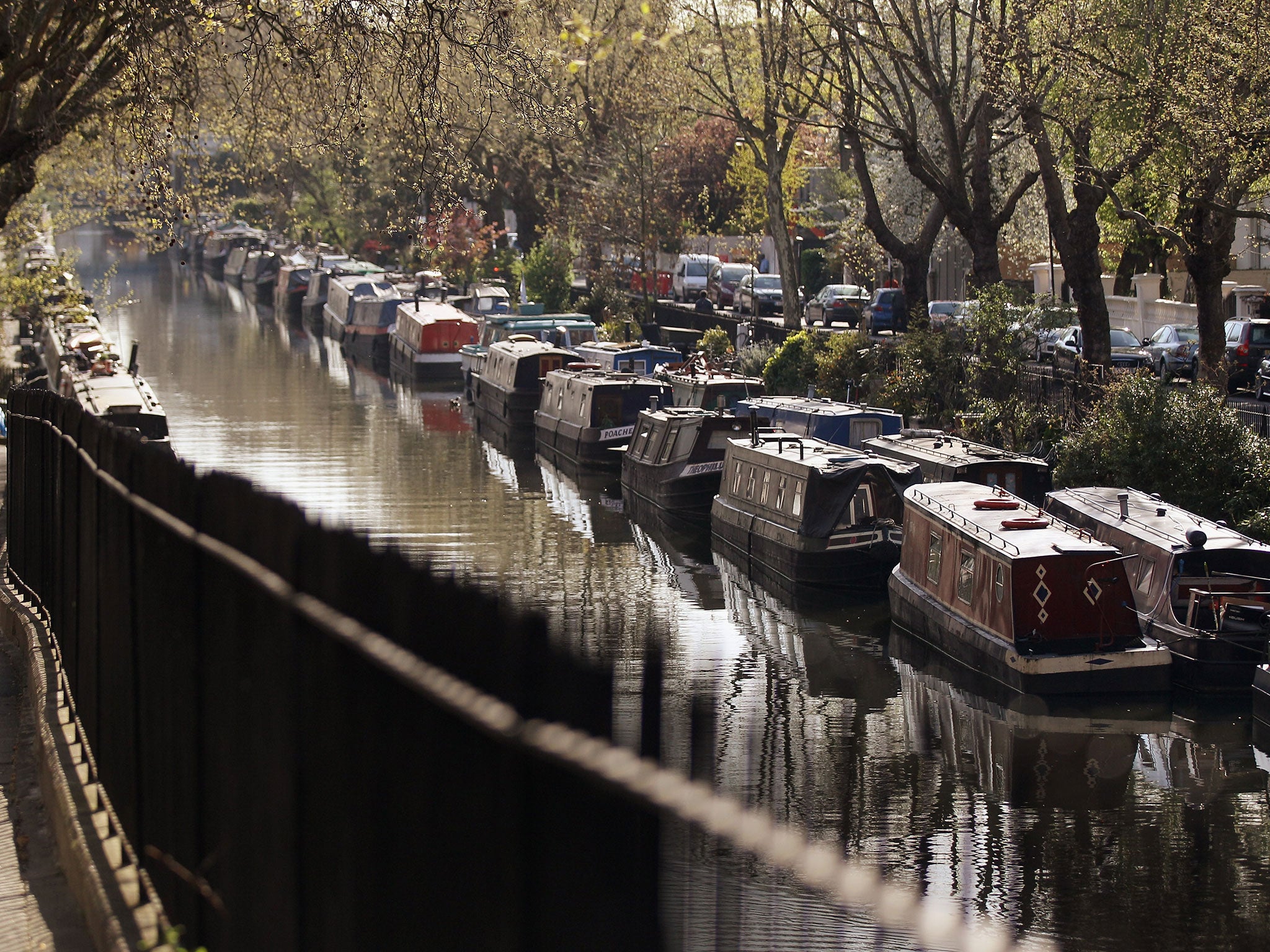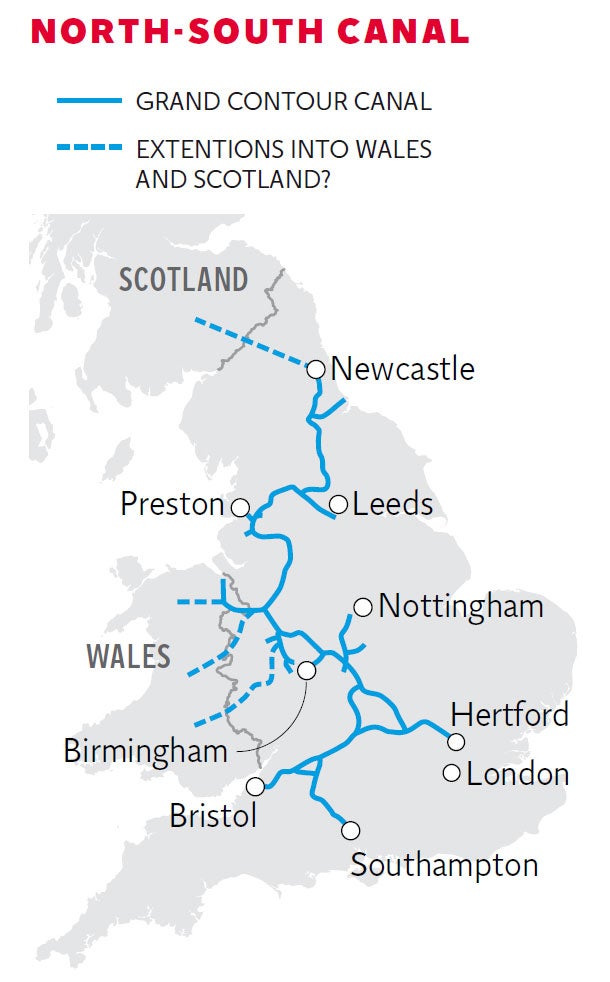Canals plan revived as answer to South-east’s water shortage
The 370-mile 'natural water grid' would cost about £14bn to construct but would provide a boost to jobs and local economies on its route

Engineers have revived a 70-year-old plan to move water from the rain-soaked North to the drought-prone South East, saying it is the only long-term solution to the chronic water shortages faced by Britain’s most densely populated region.
The plan, which was first mooted in the 1940s, would involve a network of canals built along the 310-foot contour of the land running from Kielder Water in Northumberland – the biggest man-made reservoir in the UK – to the Midlands and the South-East.
Civil engineers believe the water could be moved by gravity alone down a gentle natural gradient to avoid the need for expensive pumping operations, and could even be extended to take water from the reservoirs of North Wales and the southern uplands of Scotland.
“It looks good from a transportation perspective and would be relatively economic as it follows the 310-foot contour from the Scottish Borders to the South-East,” said David Weight, a senior consultant for the engineering company Aecom which has submitted a report on the scheme to the Government.
“Water shortages in the South-East are being driven by three factors – a rising population, climate change and the loss of river-abstraction licences by the water companies,” Mr Weight said. “The Government can encourage things like water-saving measures but over the coming 20 or 30 years these will begin to run out of steam and so it will have to think of new and more reliable water sources.”
A cubic metre of water (1,000 litres) weighs a tonne which means that gravity will have to be used to move it around economically. Dr Weight said the network of canals and rivers could also be used for transporting other heavy goods and could be used to distribute electricity through a national network of water-cooled, high-voltage cables.

The Aecom study estimates that a canal with a cross section of 25 metres would need to flow at an average speed of 1kph. If the canal was 600km long it would store 68 million cubic metres of water, equivalent to a reservoir 7.5 metres deep, 3km wide and 3km long.
Dr Weight said the “natural water grid” would cost about £14bn to construct but it would provide a boost to jobs and many of the local economies on its route, as well as providing potential savings for other industries such as agriculture and transport. “While the plan may be economically and environmentally advantageous, it may be difficult to finance,” the Aecom plan concedes.
However, other civil engineers poured scorn on the idea, saying it was an outdated Victorian approach to a 21st century problem exacerbated by the wasteful use of water.
“It would be phenomenally expensive. Water is heavy and shifting it around the country would cost a fortune. It’s not all downhill from the North,” said Jacob Tompkins, managing director of Waterwise, a water consultancy. “A much better approach would to increase water efficiency. At the moment each person in Britain uses on average 150 litres of water per day while in other parts of Europe the daily average is nearer 100 litres.
“There are other problems to do with water chemistry,” he added. “Generally, water from the North is acidic and if you start mixing it with the more alkaline water of the south you get ecological problems.”
Join our commenting forum
Join thought-provoking conversations, follow other Independent readers and see their replies
Comments